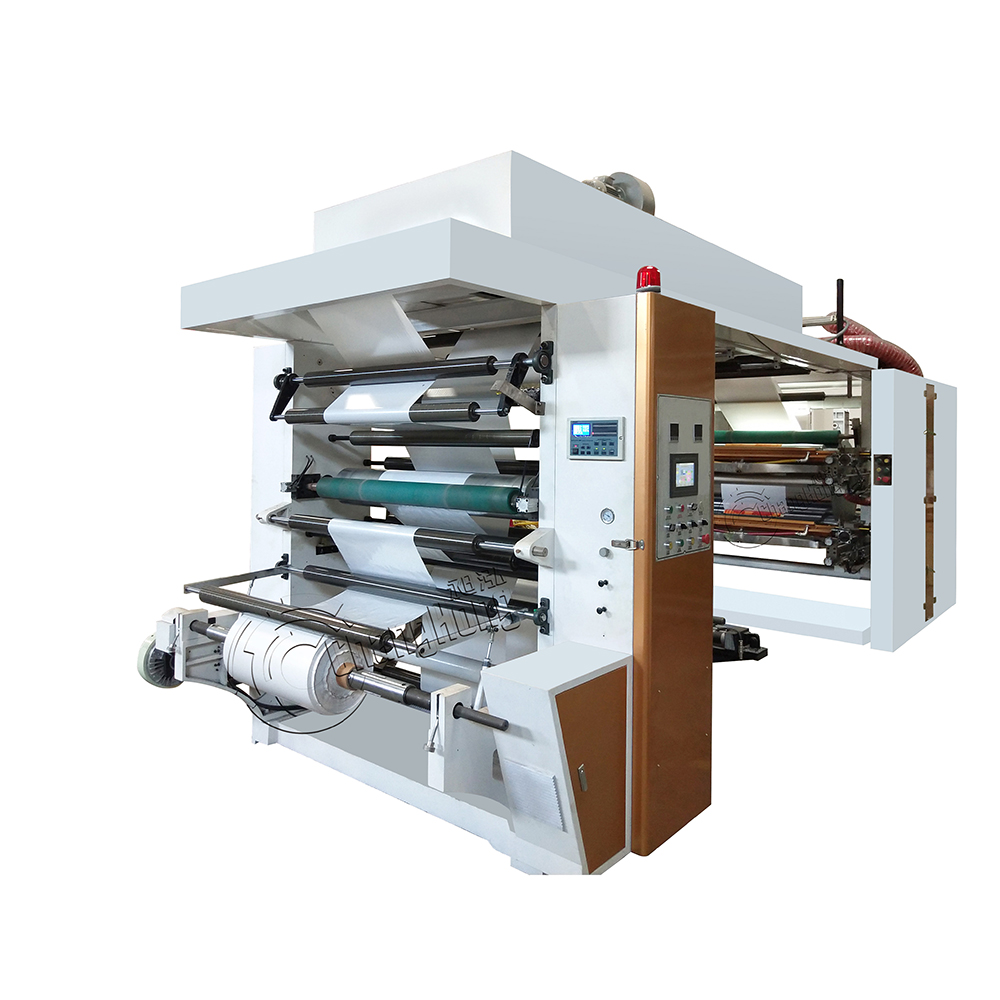3D printing, also known as additive manufacturing, has been gaining popularity in recent years due to its ability to create complex and customized objects. However, the question remains: how profitable is 3D printing? In this article, we will explore the various factors that contribute to the profitability of 3D printing and provide a comprehensive analysis of its potential as a business.
- Cost of 3D Printing:
The cost of 3D printing can vary depending on the type of printer, materials used, and the complexity of the object. While the initial investment in a 3D printer can be expensive, the cost of materials is relatively low compared to traditional manufacturing methods. Additionally, 3D printing allows for the creation of complex designs that would be difficult or impossible to produce with traditional manufacturing methods, which can lead to cost savings in the long run. - Market Demand:
The demand for 3D printing is growing rapidly, with industries such as healthcare, aerospace, and automotive leading the way. The ability to create customized products quickly and efficiently has made 3D printing an attractive option for businesses looking to stay competitive. As the technology continues to improve, the demand for 3D printing is expected to increase, making it a potentially profitable business opportunity. - Intellectual Property:
One of the challenges of 3D printing is the issue of intellectual property. With the ability to easily replicate objects, there is a risk of copyright infringement and loss of revenue for businesses. However, there are also opportunities for businesses to create and sell their own designs, as well as offer customized products to customers. - Sustainability:
3D printing has the potential to be a more sustainable manufacturing method compared to traditional methods. With the ability to create objects on demand, there is less waste and excess inventory. Additionally, 3D printing can use recycled materials, further reducing its environmental impact. As sustainability becomes a more important factor for businesses and consumers, 3D printing could become a more profitable option.
Conclusion:
Overall, the profitability of 3D printing depends on various factors such as cost, market demand, intellectual property, and sustainability. While there are challenges to overcome, the potential for 3D printing to revolutionize manufacturing and create new business opportunities is significant. As the technology continues to improve and the demand for customized products grows, 3D printing could become a profitable and sustainable business option for many industries.


More Stories
Customizable Logo Pulp Boxes in Kraft and White for Sustainable Food Packaging Solutions
What Is Hypalon Rubber Sheet? Exploring Its Exceptional Weather Resistance
What Is SMC (Sheet Molding Compound)? Complete Guide for Engineers